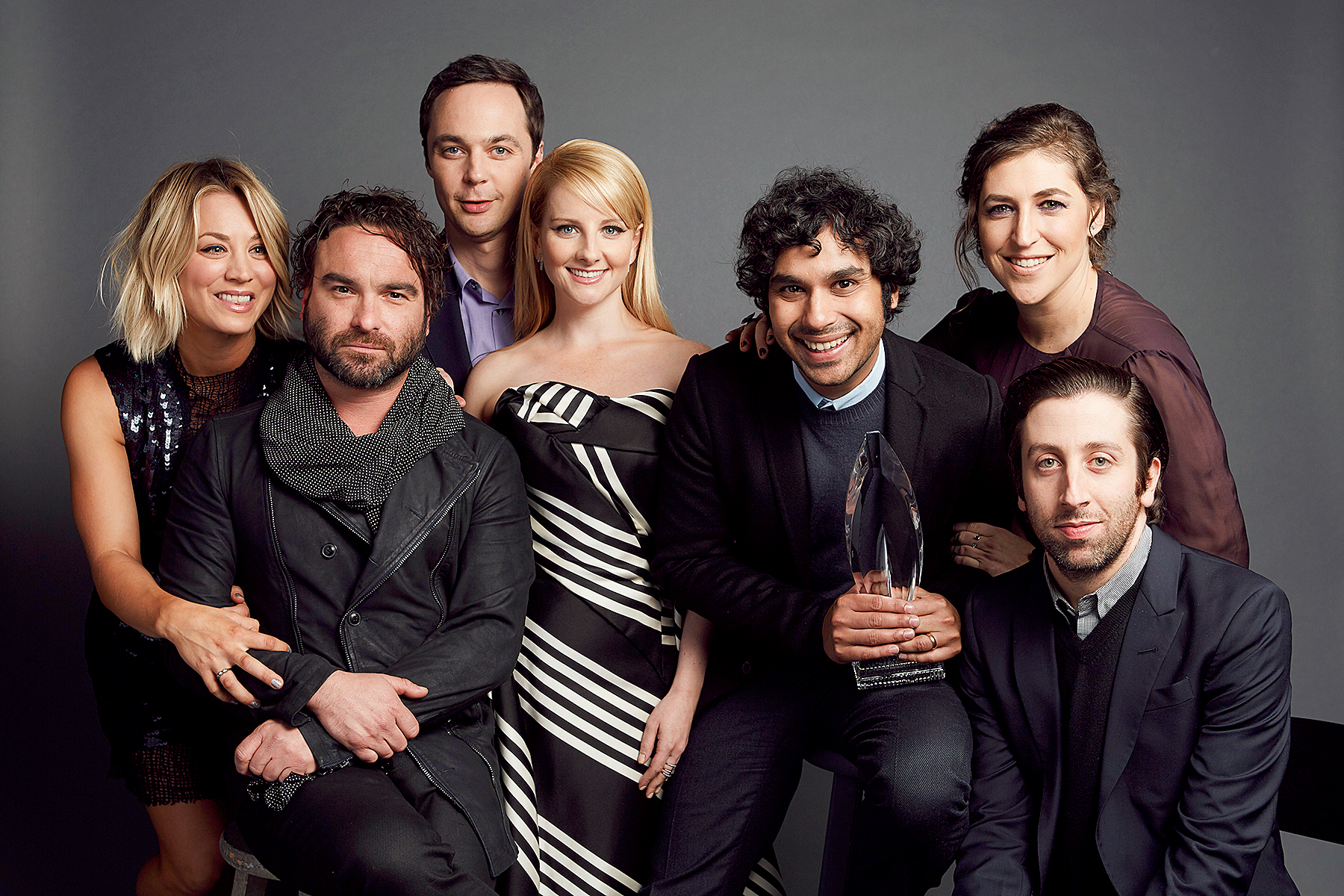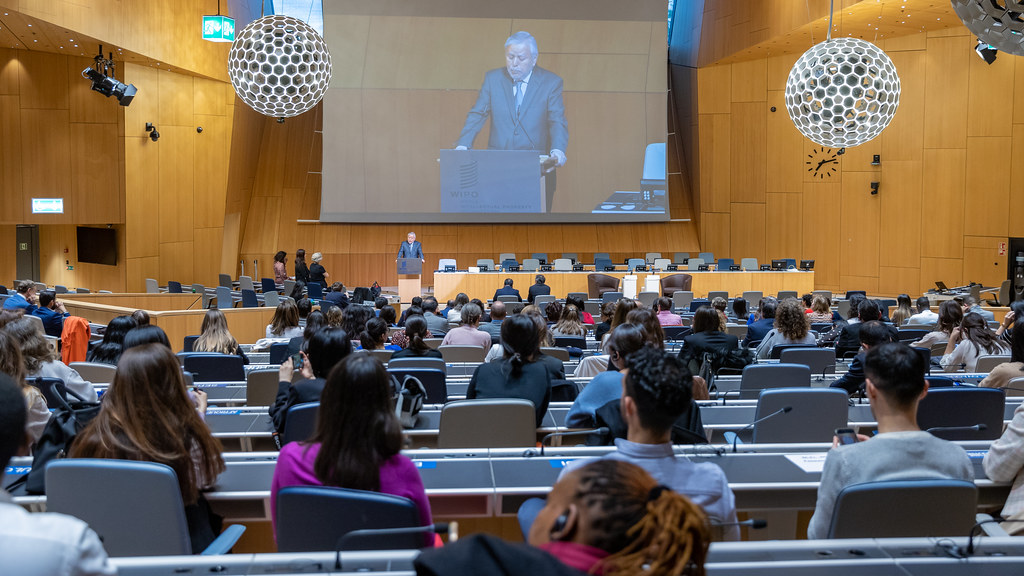
There’s something truly magical about seeing two incredible talents light up the screen together. From partners in crime-fighting to star-crossed lovers, or even just hilariously mismatched friends, iconic duos have a way of captivating us, making us believe in their shared world and their effortless connection. We often cheer for their continued adventures, eagerly awaiting the next time they’ll join forces to bring us another unforgettable story.
But what happens when the magic fades, or when the ‘effortless’ chemistry is nothing more than a brilliantly executed performance? The truth behind the silver screen can often be far more dramatic than the tales unfolding on it. Sometimes, the off-screen friction, clashing personalities, or even outright animosity becomes too much to bear, effectively shutting down any possibility of these beloved duos ever reuniting.
In this deep dive, we’re pulling back the curtain on some of the most famous pairings who, for various compelling reasons, permanently rejected the idea of reuniting in any new movie. Whether it was a fiery feud that made headlines, a dramatic walk-off from set, or a clash of egos that simply couldn’t be resolved, these are the stories of duos whose professional paths diverged for good, leaving us with only memories of their initial, often strained, brilliance.
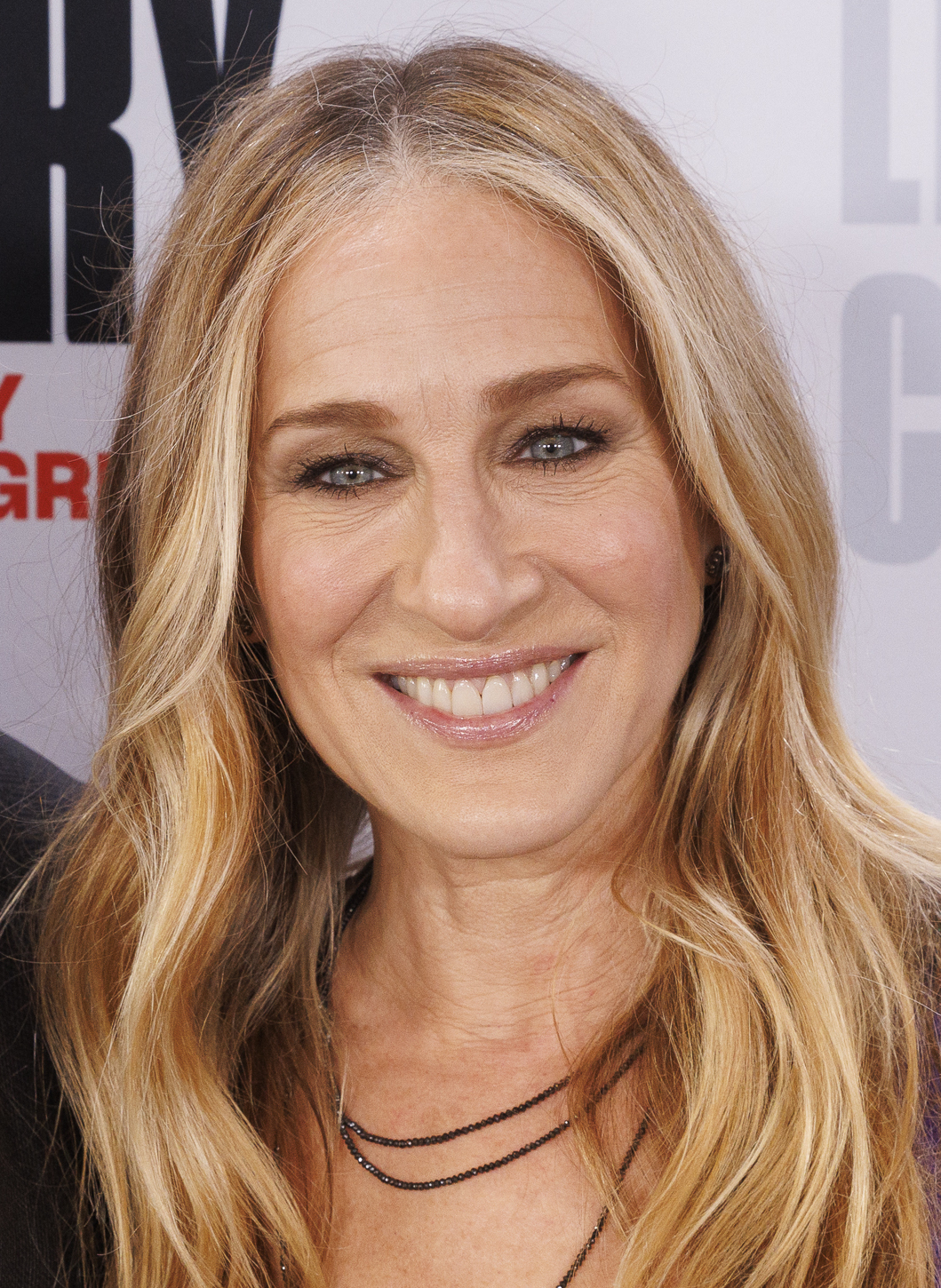
1. **Sarah Jessica Parker and Kim Cattrall – *Sex and the City***For many fans, the very idea of *Sex and the City* is synonymous with the unbreakable bond between its four leading ladies, especially the seemingly inseparable friendship between Carrie Bradshaw and Samantha Jones. On screen, Sarah Jessica Parker and Kim Cattrall’s characters navigated the complexities of New York life, love, and friendship with an undeniable, if sometimes tumultuous, chemistry. Their portrayals became cultural touchstones, defining friendship goals for a generation of viewers who adored their witty banter and unwavering support for one another through thick and thin.
However, the glamorous facade of this iconic TV duo reportedly masked a far rockier reality behind the scenes. What appeared as effortless camaraderie on camera was, according to persistent rumors and later public statements, quite the opposite when the cameras stopped rolling. The whispers of tension grew louder over the years, painting a picture of a relationship strained by various issues that ran deep within the production and among the cast.
Reports circulated widely about significant disagreements that played out off-camera, including alleged jealousy, contentious pay disputes among the lead actresses, and fundamental clashes in personality. These underlying frictions were more than just typical workplace squabbles; they were deep-seated issues that festered over the show’s long run and subsequent movies. The weight of these unresolved conflicts eventually became so profound that they ultimately compromised the potential for future collaborative projects.
The culmination of these “rumors of jealousy, pay disputes, and clashing personalities” ultimately led to a definitive outcome: it “eventually ended any chance of a true reunion” for the beloved on-screen pair. This isn’t just about actors moving on to different projects; it signifies a definitive closure on their professional partnership within the *Sex and the City* universe, a stark contrast to the enduring friendships their characters embodied, and a powerful example of real-life drama outweighing fictional bonds.
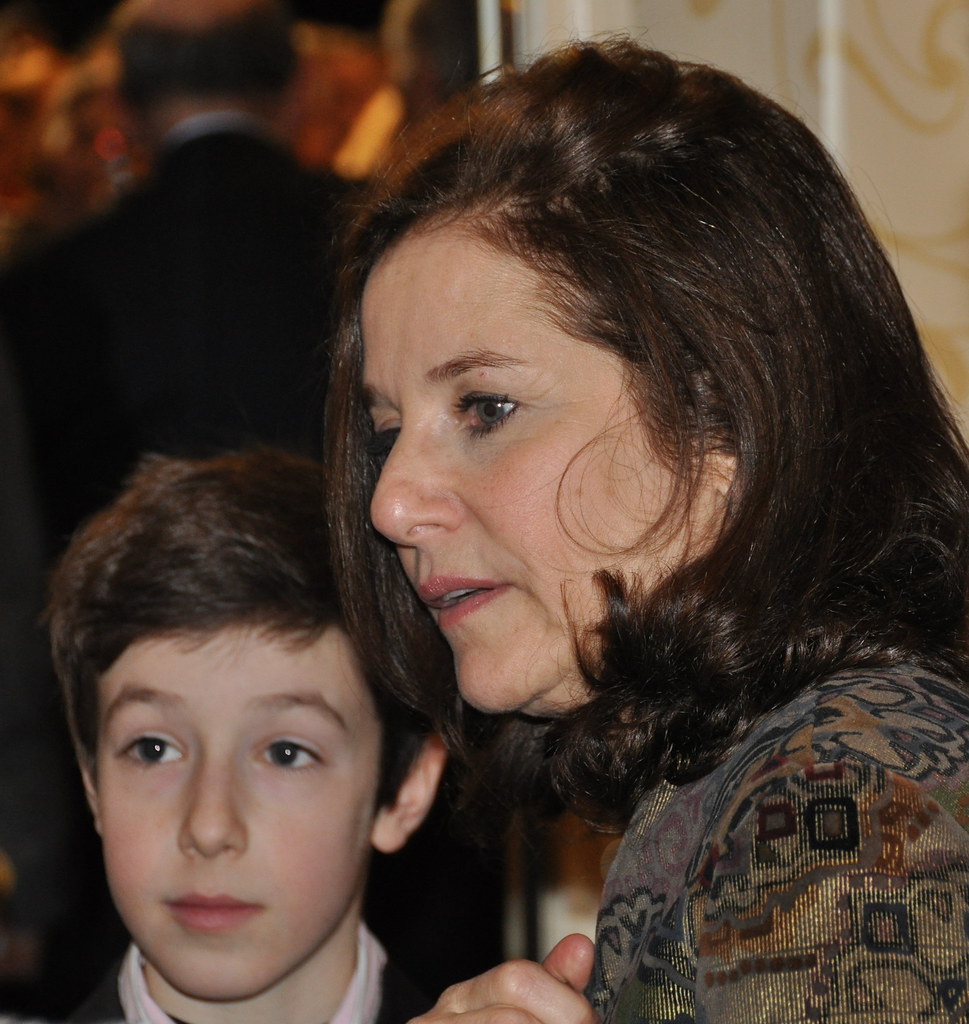
2. **Debra Winger and Shirley MacLaine – *Terms of Endearment****Terms of Endearment* delivered an emotionally resonant and unforgettable portrayal of a complex mother-daughter relationship that tugged at heartstrings and garnered critical acclaim, including multiple Academy Awards. Debra Winger and Shirley MacLaine, as Emma Horton and Aurora Greenway, brought a raw, authentic dynamic to their roles, oscillating between fierce love, exasperation, and unwavering loyalty. Their performances were so convincing that the powerful bond they shared on screen felt utterly real to audiences worldwide, making them one of cinema’s most memorable familial duos.
Yet, the intense emotional depth they displayed for their characters was, surprisingly, matched by an equally intense, though far less affectionate, dynamic behind the scenes. While their characters’ bond was winning awards and praise, the actresses themselves were reportedly engaged in a constant power struggle and personal animosity throughout the production. The on-screen magic was clearly a testament to their acting prowess, not their personal rapport.
The context explicitly notes that “behind the scenes Winger and MacLaine reportedly clashed so much that crew members had to keep them apart.” This isn’t just a minor disagreement or a difference of opinion; this suggests a level of hostility that disrupted the filming environment and required active intervention from the production team. Such an extreme measure speaks volumes about the depth of their mutual disdain.
This pervasive animosity, requiring physical separation by crew members, painted a clear picture of a professional relationship that was beyond strained. It was a partnership born out of artistic necessity for the film but sustained through sheer professional grit, not personal compatibility. Given the documented intensity of their clashes, it’s hardly surprising that this iconic mother-daughter duo never reunited for another film, implicitly rejecting any further opportunity to work together after such an acrimonious experience.
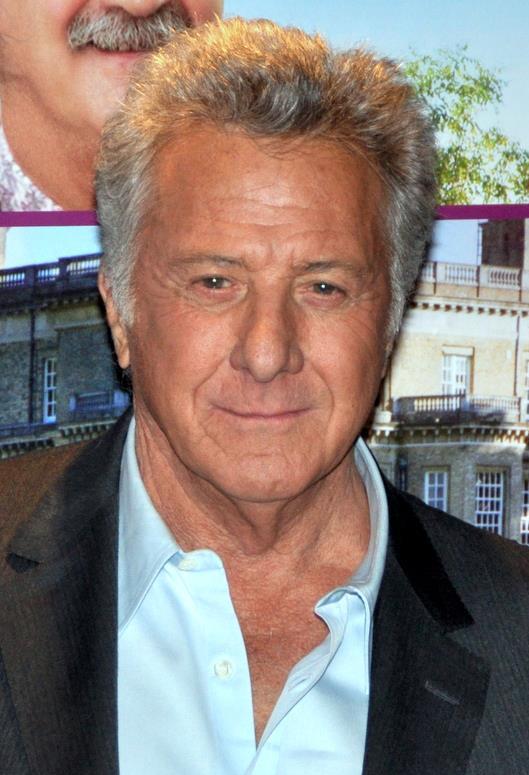
3. **Dustin Hoffman and Meryl Streep – *Kramer vs. Kramer****Kramer vs. Kramer* stands as a landmark film in cinematic history, celebrated for its unflinching portrayal of divorce and parental custody, earning both Dustin Hoffman and Meryl Streep Academy Awards for their powerful performances. Their on-screen relationship, depicting a couple grappling with the painful dissolution of their marriage and the subsequent fight for their child, was both heartbreaking and groundbreaking. The raw emotion and believable dynamic they created were instrumental in the film’s lasting impact, cementing their status as acting titans.
However, the intensity that fueled their Oscar-winning performances was, for one of the stars, achieved under deeply uncomfortable and challenging circumstances. The method acting approach employed by Dustin Hoffman, while lauded for its results, reportedly created a hostile and emotionally taxing environment for Meryl Streep during filming. Her experience on set was far from a comfortable collaboration, pushing her to her limits in ways she found distressing.
The context highlights that “Hoffman’s intense ‘method acting’ made things hard for Streep.” This isn’t just about artistic differences; it refers to a deliberate, and at times aggressive, approach that crossed professional boundaries. Specifically, it states that “He pushed her boundaries in ways that left lasting discomfort.” This phrase underscores the profound and negative psychological impact Hoffman’s methods had on Streep, indicating a professional experience she would undoubtedly wish to avoid repeating.
Such a personally invasive and uncomfortable working relationship effectively served as a permanent deterrent for any future collaborations between these two esteemed actors. While their performances together were undeniably brilliant and critically celebrated, the behind-the-scenes reality of “lasting discomfort” meant that a reunion was not a professional preference for Streep. Their initial, groundbreaking film, therefore, also marked the end of their potential as an on-screen duo, a clear case of one party rejecting future endeavors due to the emotional toll.

4. **Julia Roberts and Nick Nolte – *I Love Trouble***In the 1994 romantic comedy *I Love Trouble*, Julia Roberts and Nick Nolte were cast as rival newspaper reporters who, predictably, fall in love amidst a thrilling chase for a scoop. On paper, the pairing of two charismatic Hollywood stars promised sparkling chemistry and a fun, engaging dynamic for audiences. Their characters’ initial antagonistic banter was supposed to give way to a charming romance, offering the kind of on-screen magic that makes a romantic lead duo memorable and beloved by film-goers.
Yet, the reality of their collaboration behind the scenes diverged dramatically from the playful romance they were meant to portray. Rather than fostering a believable romantic connection, their working relationship was famously fraught with tension and mutual dislike, making the ‘love’ in *I Love Trouble* ironic for the actors involved. Their off-screen dynamic was anything but harmonious, leading to a palpable chill on set.
The context clearly states that “Roberts later admitted Nolte was difficult to work with.” This is a significant public declaration, coming from an actress known for her professionalism and good nature, indicating a truly challenging experience. And the conflict wasn’t one-sided, as “Nolte fired back with his own criticisms,” escalating the professional disagreement into a full-blown public feud. This exchange of criticisms only served to cement their adversarial relationship.
This open animosity between the two stars was so prominent that “the feud followed the movie long after its release,” overshadowing the film itself in many discussions. When the real-life drama becomes more captivating than the fictional plot, it’s a clear sign of trouble not just for the movie, but for any future prospects of the duo working together. Their highly publicized spat and mutual discomfort effectively ensured that this romantic pairing would remain a one-time, troubled affair, with both actors implicitly rejecting any notion of reuniting for another film project.
Read more about: You Won’t Believe These 10 Iconic On-Screen Couples Who Couldn’t Stand Each Other in Real Life!
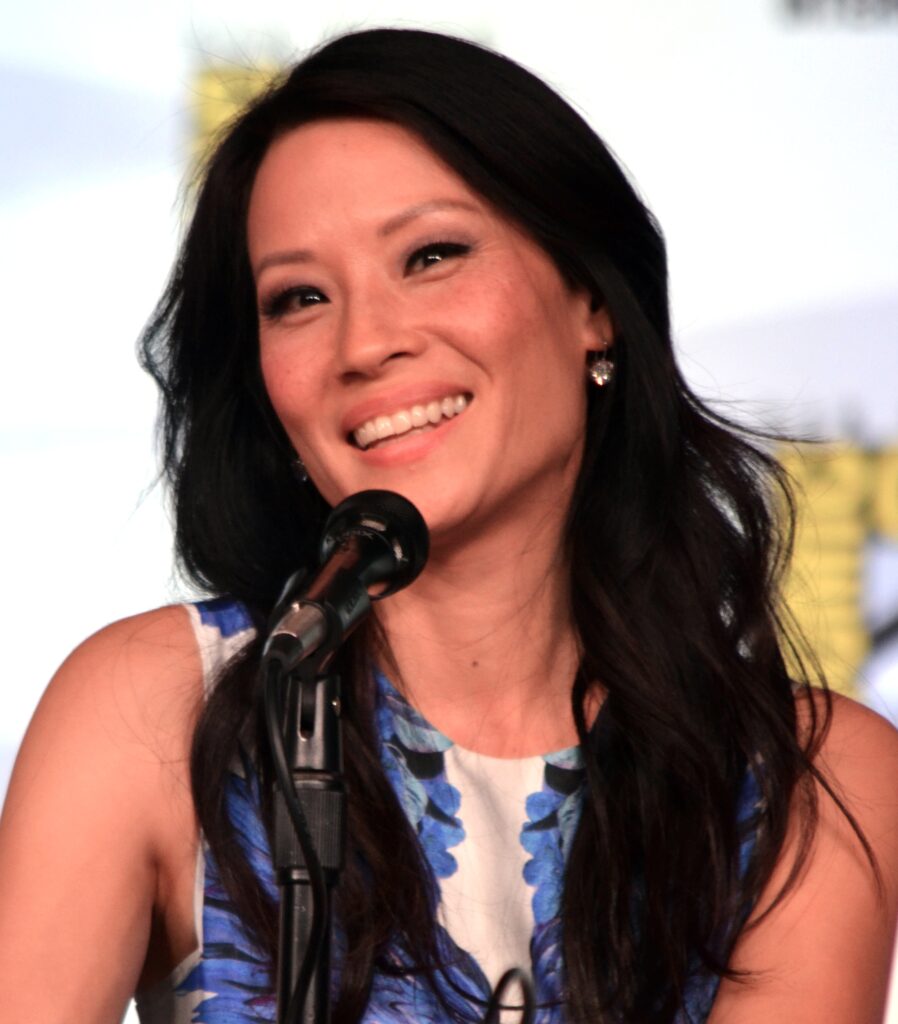
5. **Lucy Liu and Bill Murray – *Charlie’s Angels***The 2000 film *Charlie’s Angels* brought a vibrant, high-energy update to the classic TV series, filled with “fun action scenes” and an ensemble cast that promised lighthearted entertainment. Lucy Liu, alongside her fellow Angels, delivered a portrayal of a skilled, intelligent, and capable detective, contributing to the film’s campy charm and commercial success. Bill Murray, in the role of Bosley, the Angels’ eccentric and often exasperated liaison, added a comedic touch that was integral to the film’s tone, and his interactions with the Angels were intended to be a highlight.
However, beneath the surface of explosive stunts and playful banter, the set of *Charlie’s Angels* was reportedly anything but harmonious, particularly concerning the dynamic between Lucy Liu and Bill Murray. What started as creative disagreements or professional tensions quickly escalated into a more dramatic and memorable confrontation that became part of Hollywood lore.
The context explicitly details that “Behind the film’s fun action scenes, tempers flared.” This general tension reached a boiling point in a specific, highly charged incident. It states that “Liu reportedly threw punches at Murray after he insulted her acting ability during a scene.” This is a remarkably direct and physical manifestation of a professional dispute, indicating an irreparable breakdown in their working relationship.
An incident of this magnitude – where an actress resorts to physical confrontation due to an insult about her professional competence – leaves little room for reconciliation or future collaboration. Such an event goes far beyond creative differences; it signals a complete and utter breakdown of respect and professional decorum. Consequently, the dramatic and public nature of their clash made any future cinematic reunion between Lucy Liu and Bill Murray an almost impossible, and certainly undesirable, prospect for both parties. This singular, explosive moment effectively cemented their permanent separation as an on-screen duo.
Read more about: Hollywood Hissy Fits: These Blockbuster Stars Had MAJOR On-Set Drama (And You Won’t Believe Who Was Involved!)
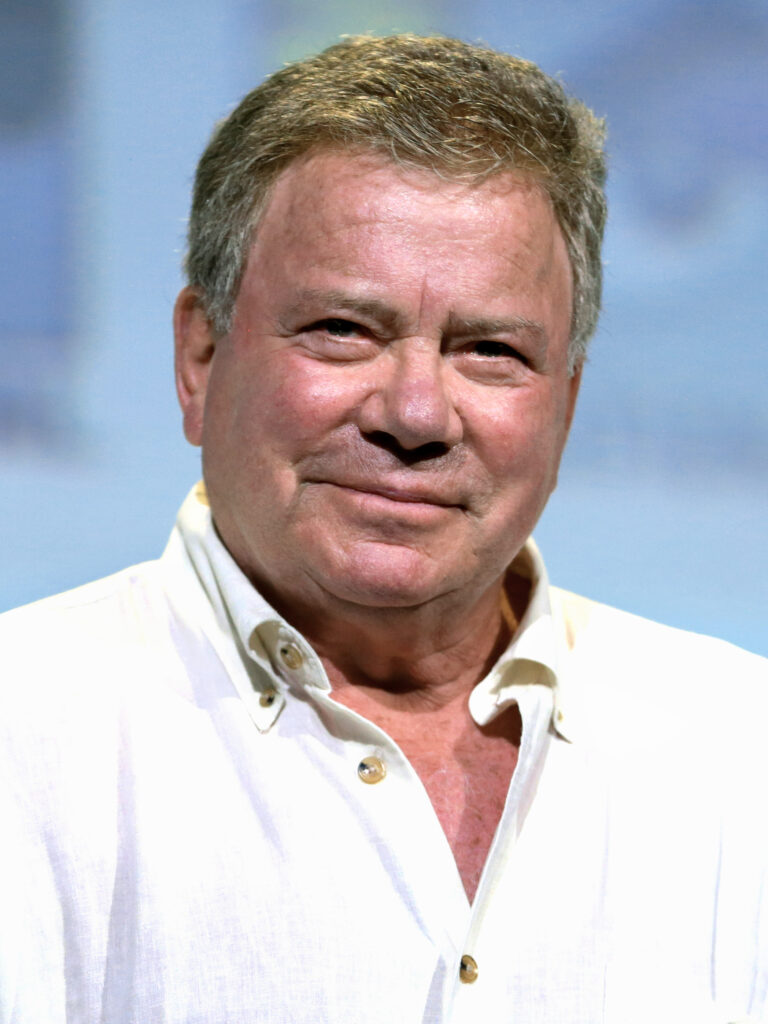
6. **William Shatner and George Takei – *Star Trek***For generations of fans, *Star Trek*’s USS Enterprise crew represented the epitome of unity, exploration, and camaraderie as they boldly went where no one had gone before. On screen, Captain Kirk (William Shatner) and Hikaru Sulu (George Takei) were part of a cohesive unit, facing alien threats and diplomatic challenges together, conveying a sense of teamwork and mutual respect that was central to the show’s enduring appeal. Their interactions contributed to the overall illusion of a close-knit family venturing through the cosmos.
However, the harmonious image of the Enterprise crew was, in reality, frequently undermined by a deep-seated and intensely personal rivalry that brewed behind the scenes, particularly between William Shatner and George Takei. Their off-screen relationship was famously strained, marked by decades of public spats and thinly veiled criticisms, becoming a legendary feud within pop culture history.
As the context states, “The Enterprise crew looked close on screen, but Takei and Shatner’s feud became one of the most infamous in TV history.” This wasn’t a fleeting disagreement; it was a long-standing, well-documented animosity that permeated their shared professional life. Takei was particularly vocal about his grievances, and the context specifies that he “often criticized Shatner’s behavior as egotistical,” painting a clear picture of the source of his resentment and frustration.
The persistent nature of this highly publicized feud, coupled with Takei’s consistent and direct criticisms of Shatner’s character and professional conduct, made any genuine, harmonious reunion in a new movie an absolute non-starter. While they appeared in *Star Trek* films together out of contractual obligation to the franchise, the underlying personal rejection of each other as collaborators was profound. Their intense, long-running personal antipathy guaranteed that any further joint ventures would be strictly limited by existing commitments, effectively barring any new, voluntary collaborations. This is a classic case where personal dislike trumped any professional desire to reunite.
It’s a tale as old as Hollywood itself: a magical on-screen pairing lights up the box office, critics rave, and fans fall in love. The chemistry is undeniable, the performances are stellar, and the future looks bright for more collaborative projects. But what happens when that magic, once so potent, just… doesn’t quite stick the landing the second (or third) time around? Sometimes, the decision to permanently reject reuniting isn’t born from personal animosity, but from the harsh reality of critical duds or box office bombs.
In this next segment, we’re diving into another six famed duos who once achieved cinematic greatness together, only to find their subsequent reunion attempts either floundered with audiences or were lambasted by critics. These are the stories where the financial and critical fallout of a follow-up project was so definitive that it solidified their decisions to steer clear of further joint movie ventures, leaving their initial successes as cherished, albeit singular, triumphs.
Read more about: Hollywood Hissy Fits: These Blockbuster Stars Had MAJOR On-Set Drama (And You Won’t Believe Who Was Involved!)

7. **Adam Sandler and Drew Barrymore – *Blended***Ah, Adam Sandler and Drew Barrymore! Their names together evoke a feeling of nostalgic warmth for many moviegoers. They truly captured hearts in the late 90s and early 2000s, becoming one of Hollywood’s most beloved romantic comedy pairings. Their first collaboration, 1998’s *The Wedding Singer*, wasn’t just a hit; it reinvented Sandler as a romantic lead and garnered him some of his kindest reviews, pulling in a solid $80 million domestically.
They followed that up in 2004 with *50 First Dates*, another smash that resonated deeply with audiences, raking in an impressive $120 million. These films cemented their status as a duo with undeniable, feel-good chemistry. Fans adored their natural banter and the genuine affection that seemed to radiate from their characters, making any new project starring both of them an event to look forward to.
Fast forward a decade, and the highly anticipated third reunion for Sandler and Barrymore arrived in 2014 with *Blended*. The premise aimed to capture the same heartwarming romantic comedy vibe that had made their previous films so successful. There was genuine excitement for this beloved pair to bring their unique charm back to the big screen, promising another dose of laughter and romance.
However, despite the goodwill and a prime summer release, *Blended* unfortunately proved to be a significant disappointment. It managed to pull in only $46 million total at the box office, which was barely more than *50 First Dates*’ opening weekend. This lukewarm reception signaled that perhaps lightning doesn’t always strike thrice, effectively tempering expectations and future plans for more big-screen romps from this once-unbeatable duo.
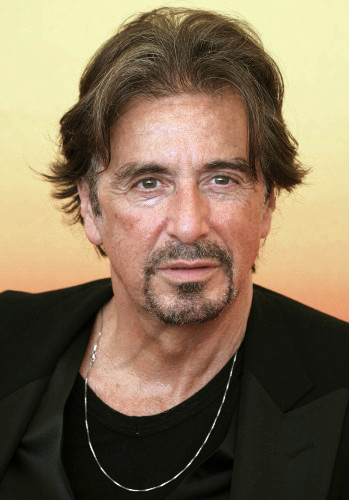
8. **Al Pacino and Alec Baldwin – *Two Bits***When Al Pacino, Alec Baldwin, and director James Foley teamed up in 1992 for the film adaptation of David Mamet’s Pulitzer Prize-winning play *Glengarry Glen Ross*, the results were nothing short of electrifying. The movie was a masterclass in ensemble acting, featuring raw, powerful performances, and received rhapsodic reviews from critics. Though it only brought in $10 million at the box office, its critical acclaim and lasting impact secured its place as a modern classic.
The film showcased the intense dramatic prowess of both Pacino and Baldwin, who, though not directly paired as a ‘duo’ in the traditional sense, were pivotal figures in the film’s success. Their combined talent under Foley’s direction created an unforgettable cinematic experience, making any subsequent collaboration between these formidable actors, especially with the same director, a promising prospect for discerning film enthusiasts.
However, just three years later, in 1995, Pacino and Baldwin reunited under James Foley’s direction for a very different kind of film: *Two Bits*. This Depression-era coming-of-age story co-starred Pacino and featured Baldwin as a narrator, signaling a reunion of the *Glengarry Glen Ross* creative core. The anticipation, while not at blockbuster levels, was certainly present for this prestigious trio to deliver another quality production.
But what a difference three years and a different genre can make! *Two Bits* grossed an anemic $26,282 during its limited two-theater release over the busy Thanksgiving weekend. Distributor Miramax quickly pulled the picture, cutting their losses by sending it straight to video. This spectacular commercial failure effectively squashed any immediate desire for this particular trio—or indeed, Pacino and Baldwin—to try and recapture cinematic lightning together anytime soon.

9. **Al Pacino and Robert De Niro – *Righteous Kill***The sheer thought of Al Pacino and Robert De Niro sharing the screen for an extended period was cinematic gold for decades. While they famously both appeared in *The Godfather Part II*, they had no shared scenes, making 1995’s *Heat* a monumental event. Director Michael Mann masterfully played with audience expectations, putting these two acting titans together for only two incredibly potent scenes, turning it into a critical and commercial hit that grossed $67 million domestically and nearly twice that overseas.
*Heat* finally delivered on the promise of seeing these legends face off, and it was glorious, cementing their status as an iconic, if sparingly seen, duo. The subtle tension and immense talent in those limited interactions left audiences craving more, proving that sometimes, less is indeed more when it comes to on-screen pairings of this magnitude.
Thirteen years later, in 2008, the duo finally reteamed for Jon Avnet’s *Righteous Kill*. This time, the marketing heavily emphasized them sharing the screen “early and often,” a direct response to the restrained approach of *Heat*. Fans were finally going to get the full-on Pacino-De Niro show, playing police detectives together, promising an action-packed, star-studded event that would be impossible to miss.
Yet, despite the palpable anticipation, *Righteous Kill* proved to be a pedestrian cop movie. Critics were unimpressed, and the film only pulled in $40 million in the states and $38 million overseas. It was clear that both men were in a “half-assed, paycheck-collecting mode,” which didn’t help the film’s reception. This reunion, designed to capitalize on their combined star power, ultimately fell flat, demonstrating that even legendary actors can’t always elevate a weak script or a lack of genuine effort.
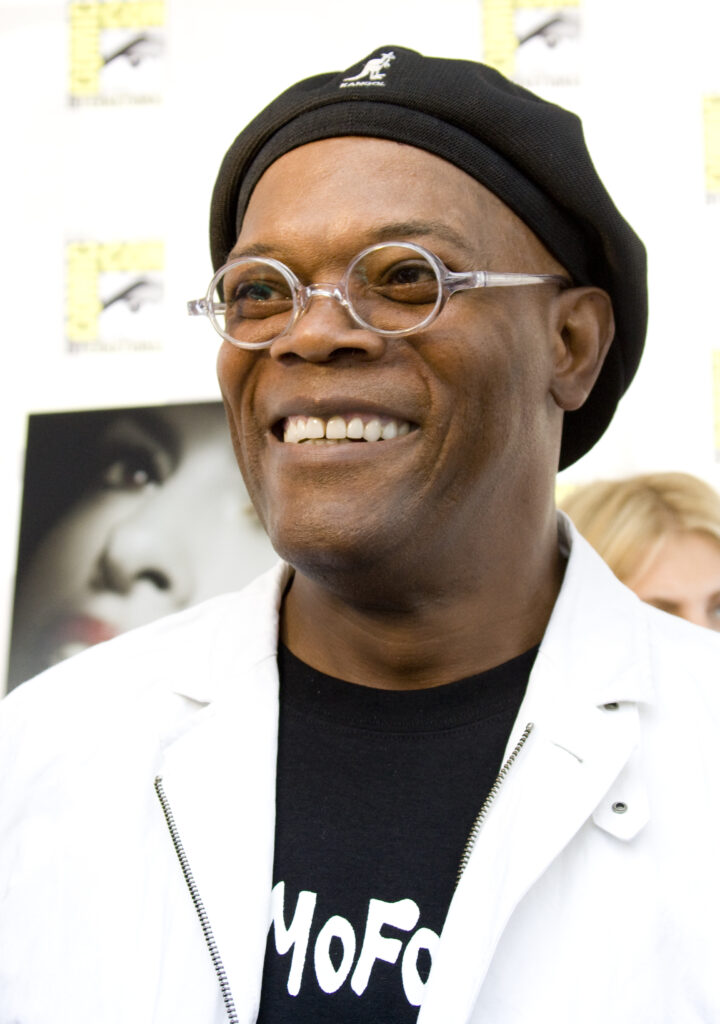
10. **Samuel L. Jackson and John Travolta – *Basic***No two-man team was arguably more beloved in 1990s cinema than John Travolta and Samuel L. Jackson. Their unforgettable conversations about Quarter Pounders and foot massages in Quentin Tarantino’s 1994 smash *Pulp Fiction* became instant cultural touchstones. Their witty banter, explosive chemistry, and unique rapport made them a dynamic duo that redefined cool for a generation, and fans couldn’t get enough of them.
Their initial collaboration in *Pulp Fiction* was so impactful that it earned them a place in the pantheon of cinematic duos. The film was a critical darling and a massive commercial success, making audiences eager for any future opportunities to see these two incredible talents share the screen again, hoping to recapture that special magic they created.
However, nearly a decade after their *Pulp Fiction* triumph, by 2003, both actors’ “heat had cooled considerably” when they reunited for John McTiernan’s military thriller *Basic*. The film tried to mimic *Heat*’s clever structure, keeping the two apart until late in the film, aiming for a grand reveal. There was a sense of excitement at seeing them back together, but the quality of the project itself was a significant question mark.
Unfortunately, *Basic* was met with “horrified reviews,” widely dismissed as “brain-dead” and convoluted, and audiences “steered far, far away.” It opened in fourth place and topped out at a meager $42 million worldwide, a far cry from their previous collaboration. This critical and commercial failure made it clear that the *Pulp Fiction* magic was not easily replicated, solidifying their decision to largely avoid future joint projects that might tarnish their legendary status.

11. **Uma Thurman and John Travolta – *Be Cool***John Travolta and Uma Thurman created one of the most iconic dance sequences in film history in *Pulp Fiction*, their twist at Jack Rabbit Slim’s becoming legendary. Their unique, edgy chemistry in the film made them an unlikely but utterly compelling duo, leaving a lasting impression on pop culture. It was clear that when these two shared the screen, sparks flew, and audiences were captivated.
Travolta, in particular, spent a few years attempting to recapture his 90s successes, and in 2005, he reprised his character Chili Palmer from 1995’s hit *Get Shorty* for the sequel *Be Cool*. Naturally, for an added dose of star power and a nod to past glories, his *Pulp Fiction* co-star Uma Thurman was brought along for the ride, complete with a new, big dancing scene designed to evoke their famous twist.
*Be Cool* wasn’t exactly a megaflop, but its performance was far from the explosive success hoped for. Its $56 million domestic gross was a good ways shy of *Pulp Fiction*’s $107 million and *Get Shorty*’s $72 million a decade earlier. It certainly didn’t set the world afire or recapture the critical praise of its predecessors, instead receiving a largely indifferent reception.
The film’s underwhelming performance was a clear indicator that their dynamic, while legendary in its original context, couldn’t single-handedly carry a new project to similar heights. Further cementing this, a second reunion was short-circuited when director Oliver Stone cut Thurman’s scenes from the Travolta-co-starring *Savages*. The telling detail? “No one seemed to care all that much,” underscoring that the public had moved on, and this duo’s reunion magic had definitively waned.

12. **Halle Berry and Bruce Willis – *Perfect Stranger***In 1991, *The Last Boy Scout* featured Bruce Willis as the quintessential action hero, while Halle Berry played a supporting role, not yet the household name she would become. It was a solid action flick, and while their interactions were limited, it set the stage for a potential future pairing, even if it wasn’t overtly recognized as a ‘duo’ at the time.
Fast forward sixteen years, and the landscape had dramatically shifted. By the time they reteamed for the 2007 twisty erotic thriller *Perfect Stranger*, Halle Berry was an Academy Award winner, a bona fide superstar, and Bruce Willis was an even bigger, more established star. The pairing of two such high-wattage talents promised an even bigger hit, a truly iconic reunion that could leverage their collective star power.
The anticipation was considerable, with audiences expecting a taut, engaging thriller led by two of Hollywood’s most charismatic actors. It seemed like a recipe for guaranteed success, where the sum of their star power should have been far greater than its parts, leading to massive box office numbers and critical acclaim, showcasing their evolved chemistry.
However, the reality delivered a stark contrast to expectations. *Perfect Stranger* ended up being a significant disappointment, pulling in a mere $23 million domestically – a paltry sum that was “barely a third of Boy Scout’s” original gross. This commercial failure, despite the immense star power involved, demonstrated that even the biggest names can’t always guarantee a hit, effectively sending a clear message that this particular duo’s reunion simply didn’t click with audiences for another round.
So, there you have it: a fascinating look at how the unforgiving realities of Hollywood can reshape even the most promising partnerships. Whether it’s lingering feuds that make collaboration impossible or reunion attempts that simply fail to ignite the box office or critical praise, these stories remind us that while on-screen magic can be legendary, the behind-the-scenes dynamics and the unpredictable nature of audience reception often dictate when the curtain falls for good on our favorite cinematic duos. It’s a bittersweet truth, but it certainly makes for some intriguing Hollywood history!


